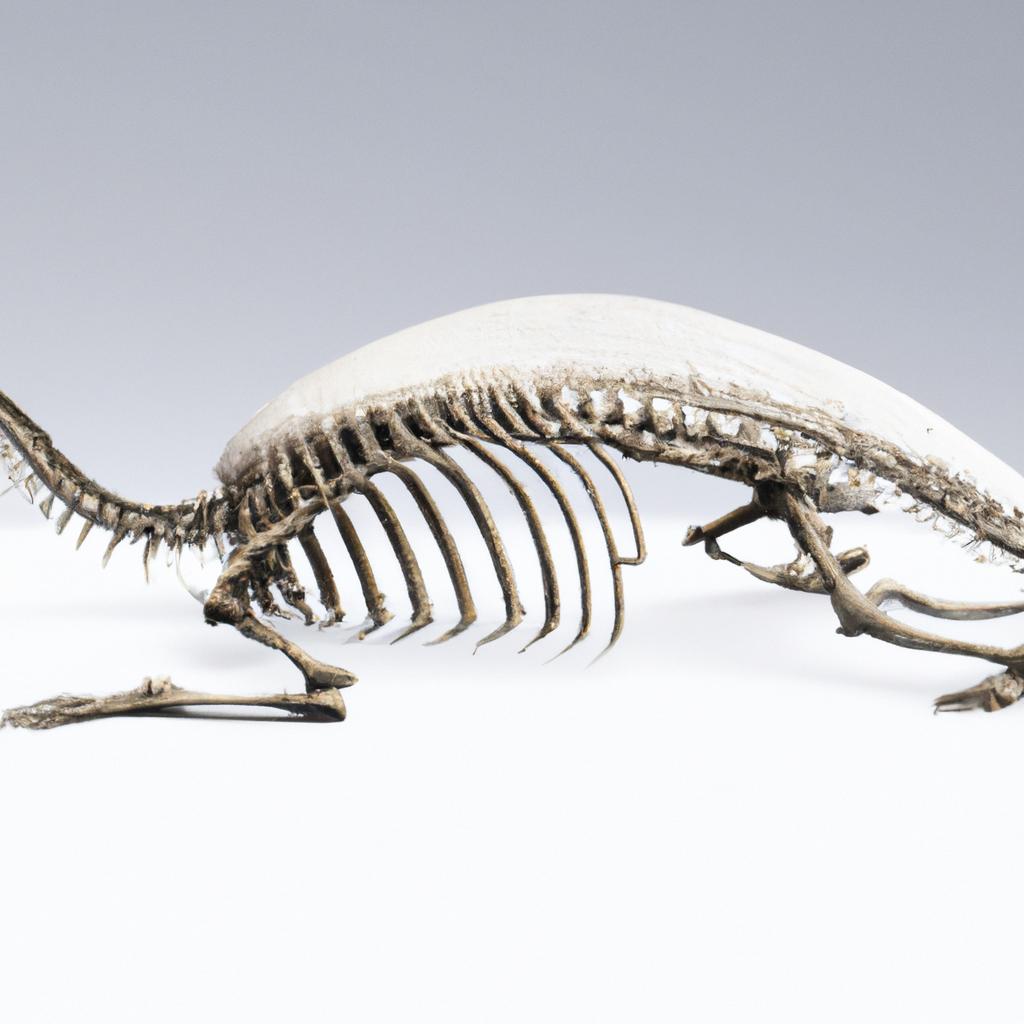Titanoboa Skeleton: Unlocking the Secrets of Ancient Reptiles
Have you ever wondered what it would be like to travel back in time and witness the world as it was millions of years ago? While time travel may not be possible, we do have the next best thing: fossils. These incredible remnants of prehistoric life give us a glimpse into the past and help us understand how our world has evolved over time. One such fossil that has captured the attention of scientists and the public alike is the Titanoboa skeleton.
The Titanoboa was a massive snake that roamed the Earth approximately 60 million years ago. It measured up to 42 feet long and weighed over a ton, making it the largest snake to have ever lived. The discovery and study of the Titanoboa skeleton have provided valuable insights into the evolution of reptiles and the ancient world they inhabited.
Studying ancient reptiles like the Titanoboa is critical to understanding the world we live in today. By examining the fossil record, we can better comprehend the complex relationships between organisms and their environment and how they have changed over time. From climate change to the development of new species, the information we gain from studying fossils can help us make informed decisions about the future of our planet.
History of the Titanoboa Skeleton
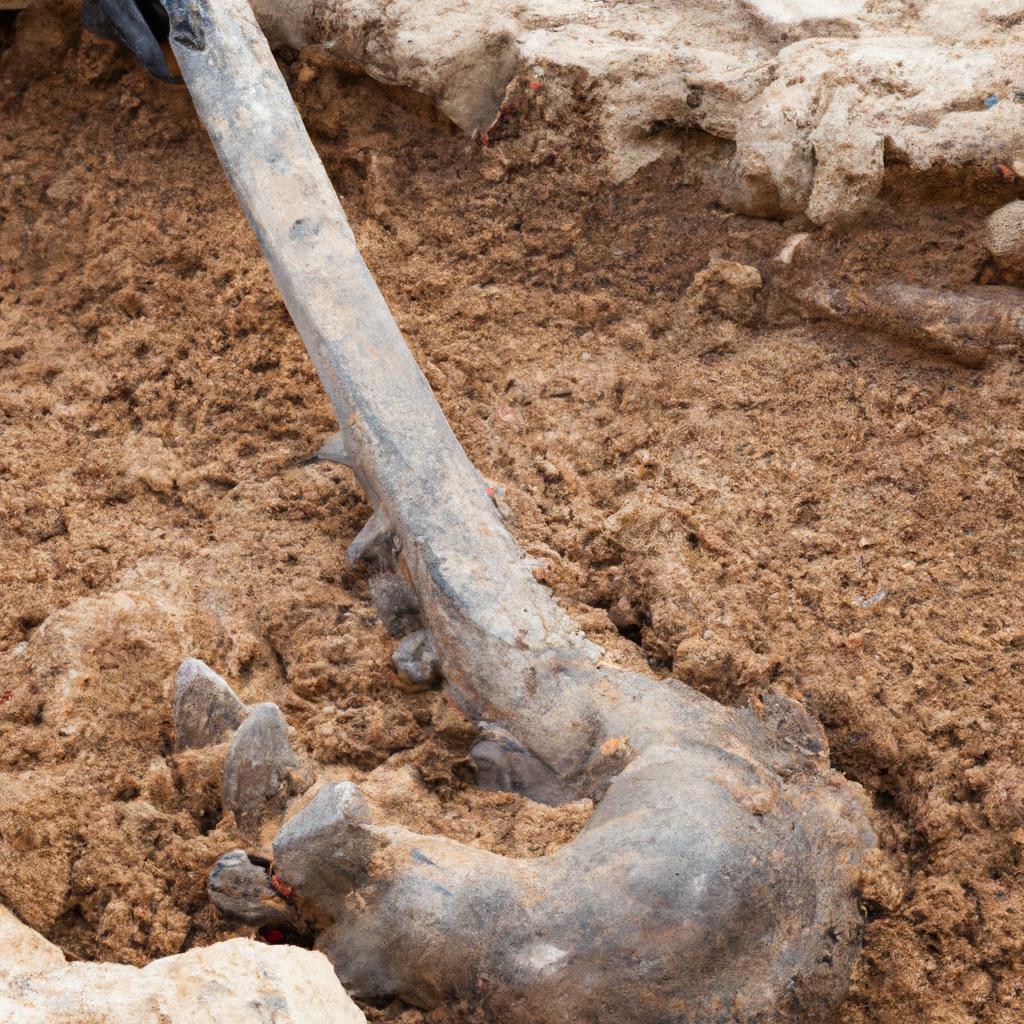
Discovery and Excavation of the Titanoboa Fossils
The story of the Titanoboa skeleton begins in 2002 when a team of scientists discovered a site in La Guajira, Colombia, that contained a treasure trove of prehistoric fossils. Among these fossils were the remains of a massive snake that would later be identified as the Titanoboa. Over the next several years, paleontologists worked tirelessly to excavate and study the fossils, piecing together the story of this ancient reptile.
Geographical and Historical Context of the Titanoboa
The Titanoboa lived during a time known as the Paleocene epoch, which occurred between 66 and 56 million years ago. This was a period of significant change on Earth, marked by the extinction of the dinosaurs and the rise of new species. The Titanoboa lived in a warm, humid environment that was rich in vegetation, and it likely hunted large mammals and other reptiles.
The discovery of the Titanoboa skeleton has provided scientists with a better understanding of the ancient world and the creatures that inhabited it. By studying the geological and historical context of the Titanoboa, we can gain insights into how the Earth has changed over time and the factors that have influenced the development of life on our planet.
Anatomy of the Titanoboa Skeleton
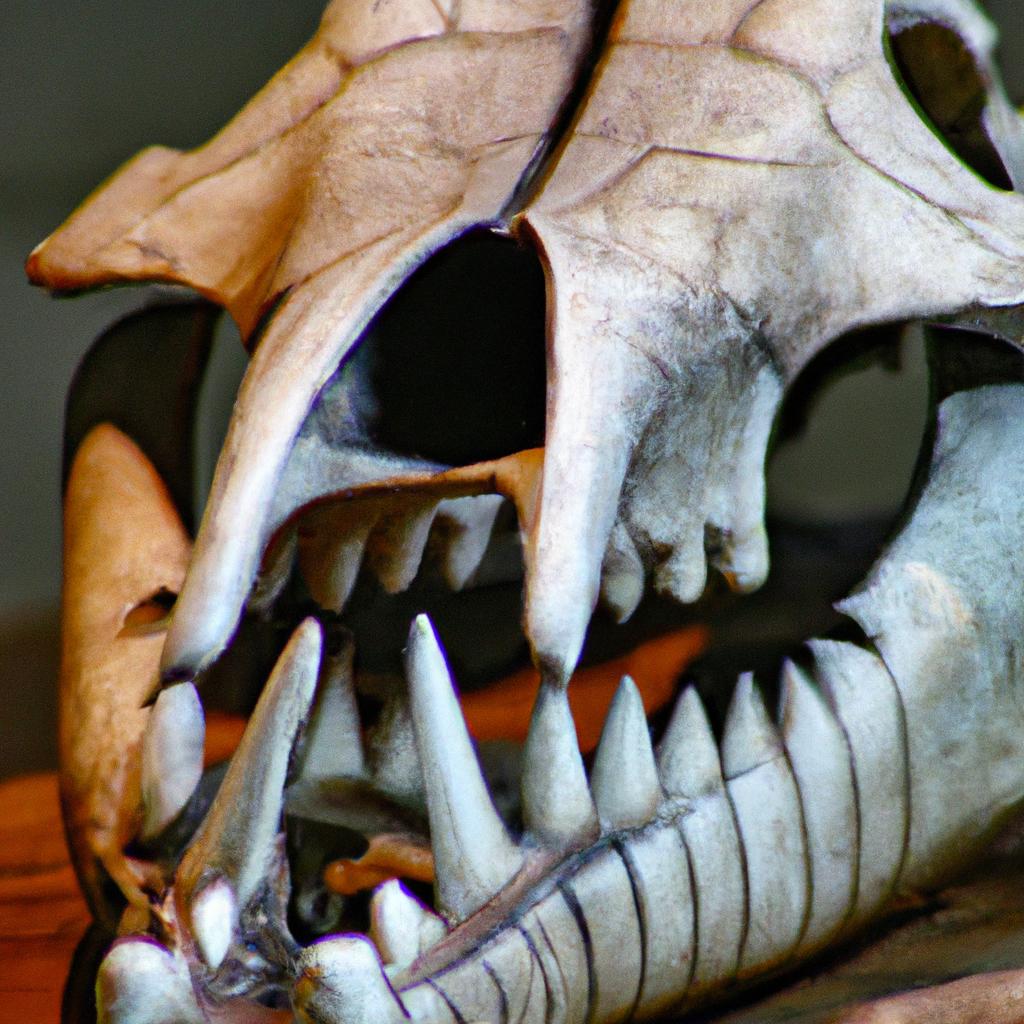
The Titanoboa skeleton is a fascinating specimen that provides a wealth of information about the physical characteristics of this ancient reptile. Here is an overview of some of the key features of the Titanoboa:
Physical Characteristics
- Size: The Titanoboa was massive, measuring up to 42 feet long and weighing over a ton. It is the largest snake to have ever lived.
- Shape: The Titanoboa had a long, slender body with a distinctive S-shape. Its head was relatively small compared to the rest of its body.
- Teeth: The Titanoboa had curved, backward-facing teeth that were ideal for gripping and swallowing its prey whole.
- Skin: While we don’t have any preserved skin samples from the Titanoboa, scientists believe that it had smooth scales like modern-day snakes.
Comparison to Other Reptiles
The Titanoboa skeleton provides a unique opportunity to compare this ancient reptile to others that have lived throughout history. Here are a few examples:
- Dinosaurs: While the Titanoboa lived millions of years after the extinction of the dinosaurs, its size and predatory nature make it comparable to some of the largest dinosaurs that once roamed the Earth.
- Modern Snakes: The Titanoboa shares many physical characteristics with modern snakes, including its elongated body and curved teeth. However, its massive size sets it apart from any snake living today.
- Crocodiles: Crocodiles are the closest living relatives to dinosaurs and share many features with ancient reptiles like the Titanoboa. Both have long, powerful bodies and strong jaws that are ideal for hunting and consuming large prey.
Studying the anatomy of the Titanoboa skeleton not only helps us understand this ancient reptile but also provides valuable insights into the evolution of reptiles as a whole.
Significance of the Titanoboa Skeleton

The Titanoboa skeleton has played a crucial role in helping us understand the evolution of reptiles and their place in the Earth’s history. By studying the physical characteristics of this massive snake, scientists have been able to piece together a more complete picture of how reptiles evolved over time and how they interacted with their environment.
Role in understanding the evolution of reptiles
One of the most significant contributions of the Titanoboa skeleton is its role in shedding light on the evolution of reptiles. This massive snake lived during a time when the Earth’s climate was much warmer and wetter than it is today. By examining the Titanoboa’s physical characteristics, scientists have been able to determine how reptiles adapted to these conditions and how they evolved over time.
The Titanoboa’s size, for example, suggests that it was a top predator in its ecosystem and that it likely played a crucial role in controlling the populations of other animals. Its body shape and structure also provide insight into how reptiles developed the ability to move efficiently on land, a significant evolutionary leap that allowed them to dominate the Earth’s ecosystems for millions of years.
Contributions to climate change research
In addition to its role in understanding the evolution of reptiles, the Titanoboa skeleton has also contributed to research on climate change. The fact that this massive snake was able to thrive in a much warmer and wetter environment than we experience today provides valuable data on how organisms adapt to changing conditions.
Scientists have used the Titanoboa skeleton to study the impact of climate change on reptiles and other cold-blooded animals. This research has helped us understand how global warming and other environmental changes may affect the Earth’s ecosystems and the species that inhabit them.
In conclusion, the Titanoboa skeleton is a valuable tool for understanding the evolution of reptiles and the ancient world they inhabited. Its contributions to climate change research further highlight the importance of studying fossils and the critical role they play in shaping our understanding of the world around us.
Preservation and Display of the Titanoboa Skeleton
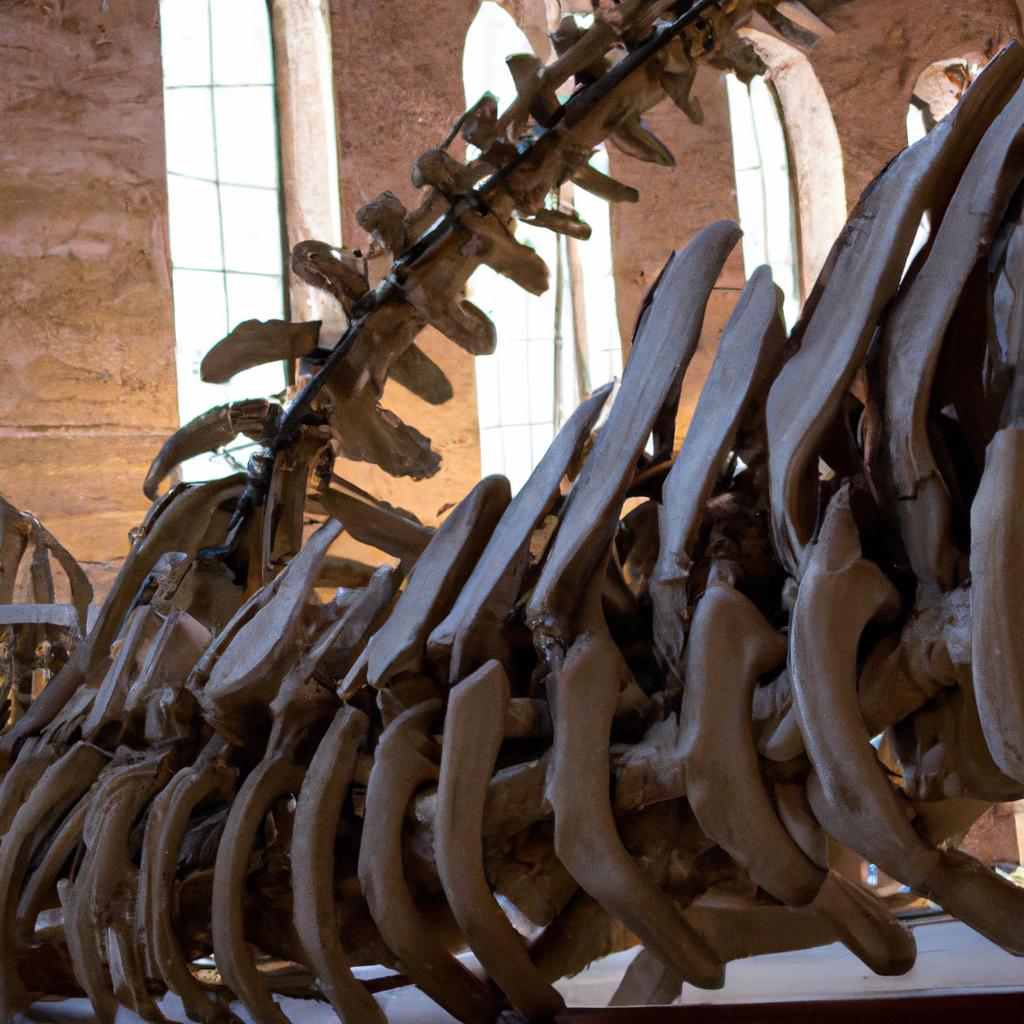
Preserving ancient fossils like the Titanoboa skeleton is no easy task. Given their age and fragility, fossils require careful handling and preservation techniques to ensure their long-term survival. One of the most significant challenges in preserving fossils is preventing them from deteriorating due to exposure to the elements. This is particularly true for fossils that are exposed to the air and light, as they can be damaged by microorganisms and oxidization.
Despite the challenges, there are several effective preservation techniques used to protect fossils like the Titanoboa skeleton. One such method is fossil casting, where a replica of the original fossil is created using a mold. This technique allows for the original fossil to be stored in a secure location while still allowing researchers and the public to view and study an accurate replica.
The Titanoboa skeleton has been displayed in museums and other institutions around the world, giving people the opportunity to see this incredible fossil up close. One of the most well-known locations where the Titanoboa skeleton is on display is the Smithsonian National Museum of Natural History in Washington, D.C. Other museums that have displayed the Titanoboa skeleton include the Florida Museum of Natural History and the North Carolina Museum of Natural Sciences.
Overall, preserving and displaying the Titanoboa skeleton is crucial to the study of ancient reptiles and the world they inhabited. By taking measures to protect and share these valuable fossils, we can continue to learn from them and gain a greater understanding of our planet’s past.
Conclusion
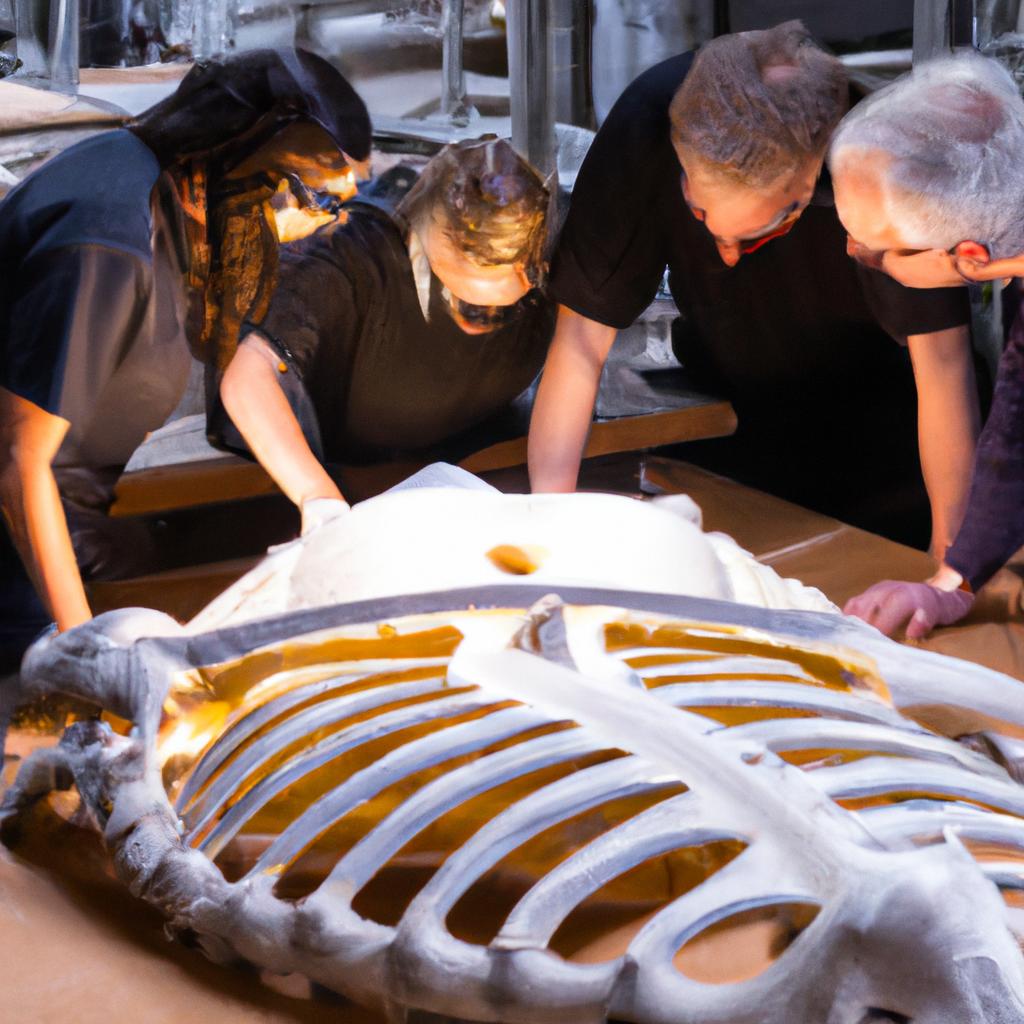
In conclusion, the Titanoboa skeleton is an incredible testament to the diversity and complexity of life on Earth. By studying these ancient reptiles, we can gain a better understanding of our world and the creatures that inhabit it. The Titanoboa’s massive size and unique characteristics have captured the imagination of scientists and the public alike, and its discovery has opened up new avenues of research and exploration.
As we continue to learn more about the Titanoboa and other prehistoric creatures, we must also strive to protect the natural world around us. TooLacks is committed to providing the latest news and information about nature, gardening, and animals to help readers make informed decisions about how to care for our planet. By working together, we can ensure that future generations have the opportunity to discover and appreciate the wonders of the natural world.
This article is brought to you by TooLacks, your trusted source for nature, gardening, and animal-related content.
